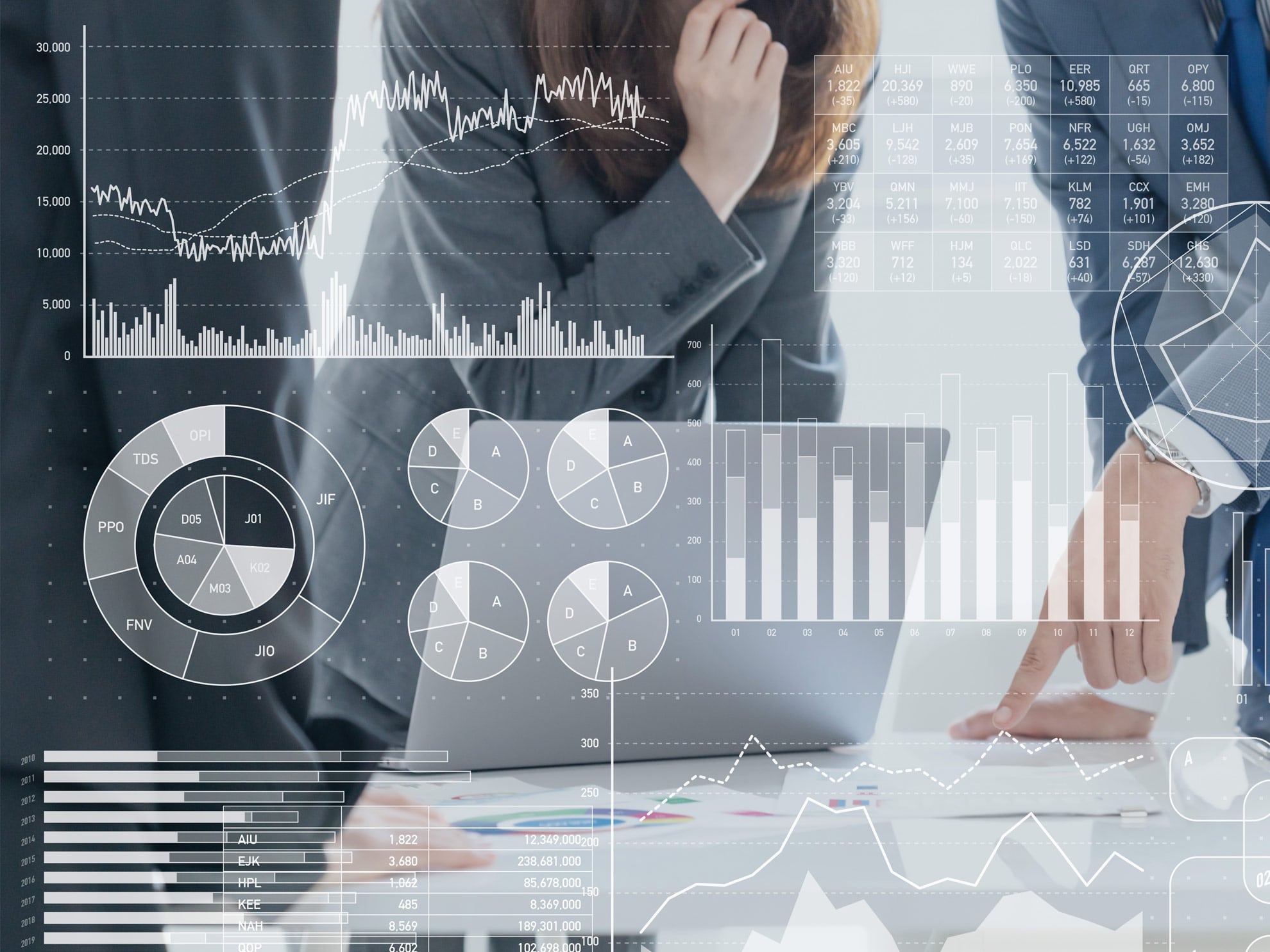The year 2020 will not be easily forgotten. Beyond individual considerations, one thing is certain: companies that could count on better technology and updated digital skills have been able to overcome the health crisis in a less traumatic way, minimizing the impact of the lockdown. So, 2020 was the year of smart working, the year in which even companies that had never done it before found themselves forced to experiment with agile working in the emergency. And so, after the first few days, smart working has in many cases become the norm, bringing a great evolution in the field of human resources management, under the most diverse aspects. Think about recording attendance and remote management of business communications and so on.
Recording attendance and personnel management before the pandemic
There is no doubt that the world of personnel management has changed decisively over the last 8 months. Suffice it to say that, before March 2020, only a small fraction of Italian companies had adopted the agile working method. This was also reflected in the tools used to manage attendance, holidays and time off, most of which were definitely obsolete. To photograph the pre-COVID situation there is, for example, a study published on PMI.it, conducted in 2019 with over 150 Italian companies. The analysis tells us that last year 38% of companies simply did not keep track of arrivals and departures, which is all the more remote from proper and effective personnel management. In 2019, 5% of companies still relied on paper time card attendance records, whereas 30% of them were equipped with a badge based system.
It is therefore clear that, according to this study conducted in 2019, digital solutions for recording time and attendance make up a rather small slice: the analysis specifically talked about 8% of companies equipped with a PC-accessible time and attendance management system, 5% of companies with apps for recording time and attendance via smartphone, and 3% of particularly innovative companies with biometric access systems.
Digital transformation also takes place through recording attendance
There is no doubt about it: the move towards modern time and attendance recording software was highly recommended before COVID and is practically due now. The EU Court’s prescribed administrative requirement for an “objective, reliable and accessible” measurement system is nothing new. What makes the digitization of attendance management essential is the new context, characterized by a distributed mobile and remote workforce, companies – even small and micro ones – find themselves in. In this scenario, which given the benefits of smart working will remain central in future, it is simply impossible to continue to rely on paper time cards or Excel spreadsheets.




